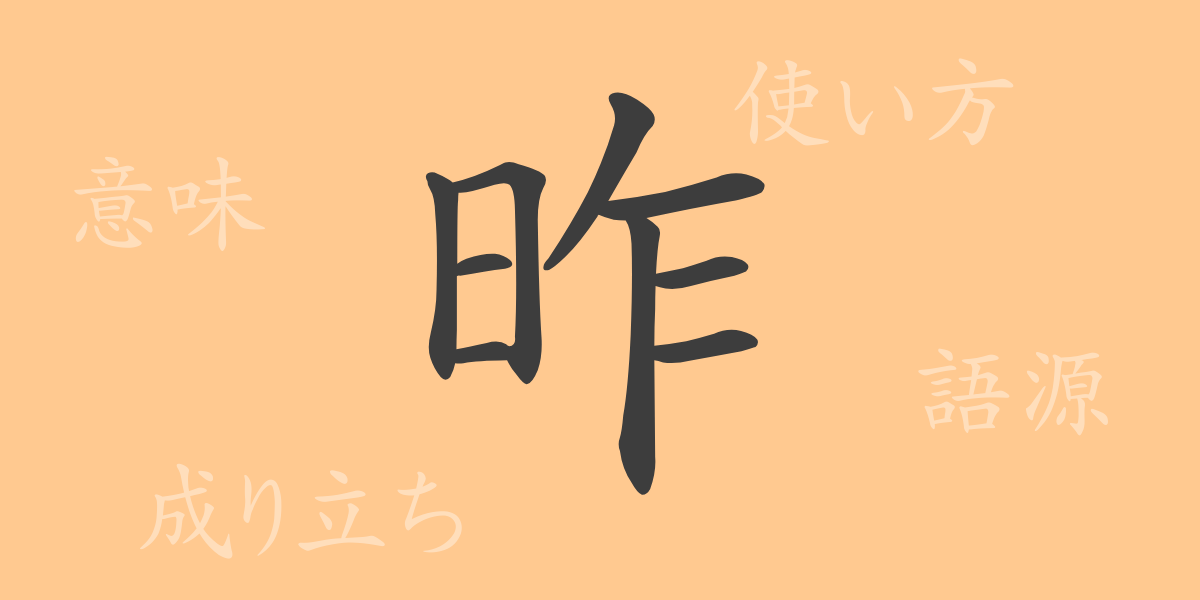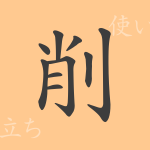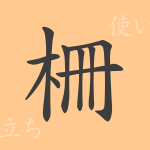Japanese written culture is profound, and among it, commonly used kanji are essential elements in daily life. This time, we will delve deeply into the kanji “昨” (サク, saku), which is seamlessly integrated into everyday life yet seldom reflected upon for its background and meaning. We will explore the history, meaning, and how this kanji is used in our language.
Origins of 昨 (サク, saku)
The kanji “昨” (サク, saku) is an ancient character, originally related to the character “昔” (むかし, mukashi). Tracing its origins, “昨” combines “夕” (ゆう, yū), representing the setting sun, with “乍” (さ, sa), indicating a sudden stop, symbolizing the passage of time. “乍” represents a stopping motion, thus giving rise to the meaning of the past.
Meaning and Usage of 昨 (サク, saku)
The kanji “昨” (サク, saku) signifies time, mainly used in words like “昨日” (きのう, kinō – yesterday) and “昨年” (さくねん, sakunen – last year), referring to recent past moments. In Japanese, “昨” is commonly used to denote specific points in the past.
Readings, Stroke Count, and Radical of 昨 (サク, saku)
The kanji “昨” (サク, saku) has unique readings and structure.
- Readings: The on’yomi (音読み) reading is “サク” (saku); it does not have a kun’yomi (訓読み) reading.
- Stroke count: “昨” (サク, saku) has a total of 9 strokes.
- Radical: The radical is “日” (ひ, hi – sun/day).
Idioms, Phrases, and Proverbs Using 昨 (サク, saku) and Their Meanings
There are numerous idioms, phrases, and proverbs that include the kanji “昨” (サク, saku), each contributing to the richness of the Japanese language. For example, “昨日今日” (きのうきょう, kinō kyō) literally means yesterday and today, but figuratively it refers to “recently” or “in the near past.” “昨夜未明” (さくやみめい, sakuya mimei) means the early hours of yesterday. “昨是” (さくぜ, sakuze) means yesterday and today, implying the past and present, signifying continuity.
Conclusion on 昨 (サク, saku)
While the kanji “昨” (サク, saku) is frequently used in everyday conversations, its background and meaning might not always be consciously considered. This single character encapsulates history and culture, reflecting the depth of the Japanese language. Through this exploration, we hope to enhance your understanding of the diverse aspects of “昨” (サク, saku) and enable richer use of vocabulary.

























